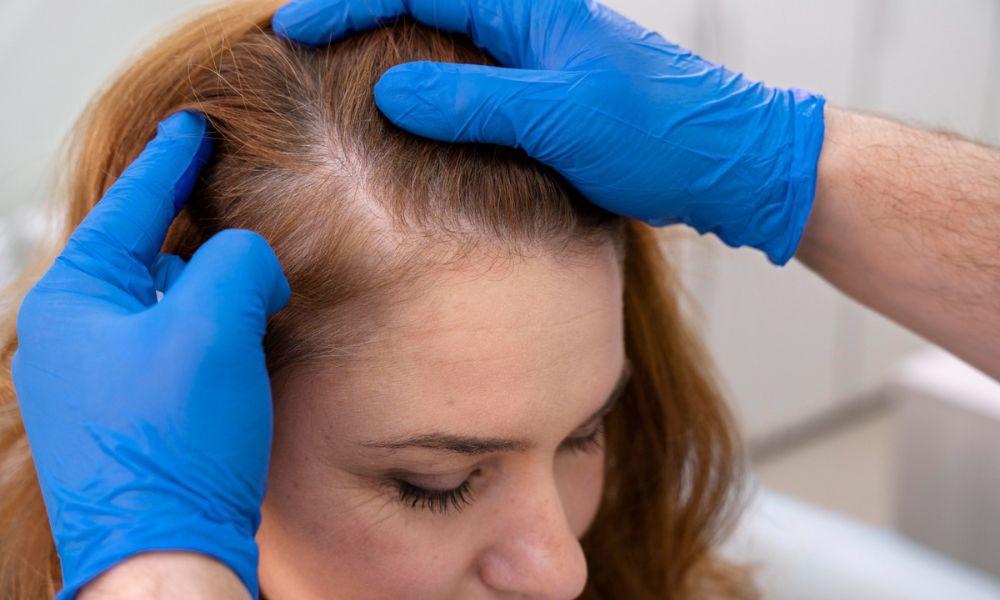Articles

Skin Care
How to Know If You're Losing Too Much Hair
Hair loss, often termed as alopecia, is a common concern affecting many individuals. It can be caused by various factors, including genetics, hormonal changes, medical conditions, and stress.
To determine if your hair loss is excessive, it's essential to recognize normal hair shedding and identify signs of potential hair loss.
Normal Hair Shedding vs. Excessive Hair Loss
It's natural to lose a certain number of hair strands daily. However, if you notice a significant increase in hair shedding, thinning hair, or bald patches, it might indicate excessive hair loss.
Signs of Excessive Hair Loss
Increased hair shedding:
This can be observed while showering, brushing, or combing your hair.
Thinning hair:
A noticeable decrease in hair density, especially at the crown or hairline.
Bald patches:
Circular or irregular areas of hair loss on the scalp.
Itchy scalp or scalp pain:
These symptoms might accompany excessive hair loss.Causes of Excessive Hair Loss Several factors can contribute to excessive hair loss, including:
Genetics:
Hereditary hair loss (androgenetic alopecia) is a common cause.
Hormonal changes:
Fluctuations in hormones, such as during pregnancy or menopause, can affect hair growth.
Medical conditions:
Thyroid disorders, polycystic ovary syndrome (PCOS), and autoimmune diseases can lead to hair loss.
Medications:
Certain drugs may cause hair loss as a side effect.

 Doctor Consultation
Doctor Consultation













